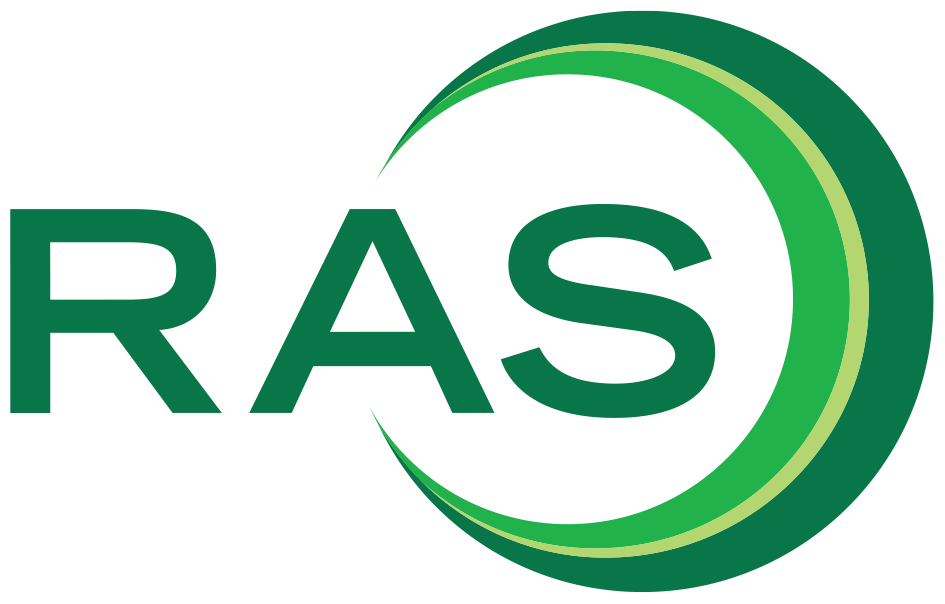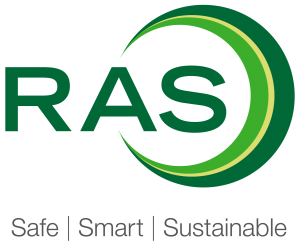LOPA
Layer of Protection Analysis (LOPA) is a type of semi-quantified analysis. It systematically considers the reliability of protective layers in place in a system to mitigate the chance of a catastrophic event. Applying specific criteria and restrictions to the use of protective layers it reduces the subjectivity of qualitative methods and the result is generally a conservative semi-quantified estimation of risk.
Using LOPA, we can help you answer the following questions about your systems:
- Are there enough independent layers of protection against an undesirable event?
- Are layers of protection reliable enough?
- Can the risk be tolerated?
- What is the best way to further reduce risk?
- What is the required reliability of instrumented systems?
The method is often used in Functional Safety as part of compliance with the British Standard 61511 which details Safety Instrumented Systems (SIS) for the process industry sector as part of the SIL Determination process, by establishing a risk gap for a scenario and therefore the required Safety Integrity Levels (SIL) of Safety Instrumented Functions (SIF).
Whilst seeming a simple tool on the surface, LOPA can be miss-applied in practice if conducted without appropriate expertise and experience. However, we have qualified, competent study facilitators in the methodology who can ensure that your studies are effective, efficient, meet the standard required and are as easy as possible. A number of our team are certified Functional Safety Engineers and can help you to ensure the outputs of LOPA are properly integrated into your Functional Safety Management System.
OBRA
An Occupied Buildings Risk Assessment (OBRA) is a type of risk assessment used to assess the risk from hazards (including fires, explosions, and toxic releases) at a site, to determine whether the risk to a building’s occupants is tolerable and, ultimately, whether the buildings on a site are providing suitable protection for the people working in them.
We have experience in OBRA for both new developments and existing facilities. For new developments, the assessment would include consideration of the most appropriate location and layout.
It can be used as a standalone risk assessment, or integrated into further risk assessments, such as those conducted at COMAH establishments as part of a COMAH Safety Report and can be semi-quantified or fully quantified depending on the level of rigour required. The Competent Authority recommends the use of the Chemical Industries Association (CIA) guidance document “Guidance for the location and design of occupied buildings on chemical manufacturing and similar major hazard sites” (2020) in completing an OBRA.
Having conducted numerous OBRAs for locations across the UK, our approach is use this guidance for any OBRA study we perform in the UK, and where appropriate we supplement it with alternative guidance such as the American Petroleum Institute’s Recommended Practice Guidance 752 (Management of Hazards Associated With Location of Process Plant Permanent Buildings, Third Edition) and 753 (Management of Hazards Associated with Location of Process Plant Portable Buildings, First Edition), thereby ensuring you benefit from the best guidance available.
Our methodology walks through the following steps:
- Identification of hazard types and development of scenarios
- Identification of occupied buildings
- Hazard assessment
- Frequency assessment
- Risk calculation
- Risk tolerability conclusions
- Risk reduction/improvement measures
In combination with this tailored approach, we have also created specialised in-house tools that enable us to perform a risk assessment that supports you in covering the range of scenarios that could arise on your site.
Consequence Modelling
Consequence Modelling is a vital tool used to estimate the physical effects of loss of containment scenarios involving flammable, explosive and toxic materials, and is used to assess the potential impact on people, assets and the environment that could arise due to the release of such materials.
Atmospheric Dispersion modelling
For continuous emissions you may need to understand the behaviour of a release from a stack to track pollutants to establish the impact of the release. We can assist in determining these emissions with Atmospheric Dispersion Modelling Software (ADMS).
With the help of ADMS we can determine the concentration of the emissions at varying distances and the extent of the size of the cloud of the emissions once released. The use of ADMS gives us vital insight into whether local populations and environment could be at risk.
For accidental releases we can look to predict the outcomes of a release and its dispersion using DNV’s hazard analysis software, Phast. For toxic releases we can trace the extent of dangerous concentrations to identify potential receptors and associate the concentration levels with likelihood of harm to either people or the environment.
Fire and explosion modelling
We will typically use Phast to examine the progress of a potential incident from initial release through formation of a gas/vapour cloud or liquid pool to final dispersion and calculate the concentration of flammable components in the dispersing cloud or plume, fire radiation and explosion overpressure end points.
Our team have undergone advanced Phast modelling training and are fully competent in it is application. As a result, we regularly work on a wide range of cases from simple standalone cases (for example to help confirm an appropriate vent height), to a full suite of modelling for multiple cases which are often a key input to our risk assessments. We are competent in this because we understand the underpinning theory, meaning we can meaningfully interpret the results of the modelling and make it make sense to you.
Computational Fluid Dynamics (CFD)
For complex cases, for example where the terrain is complex and may influence the outcome of a release, modelling using Computational Fluid Dynamics (CFD) may be more appropriate to fully understand the effects of a release and this is also something we can support you with.



